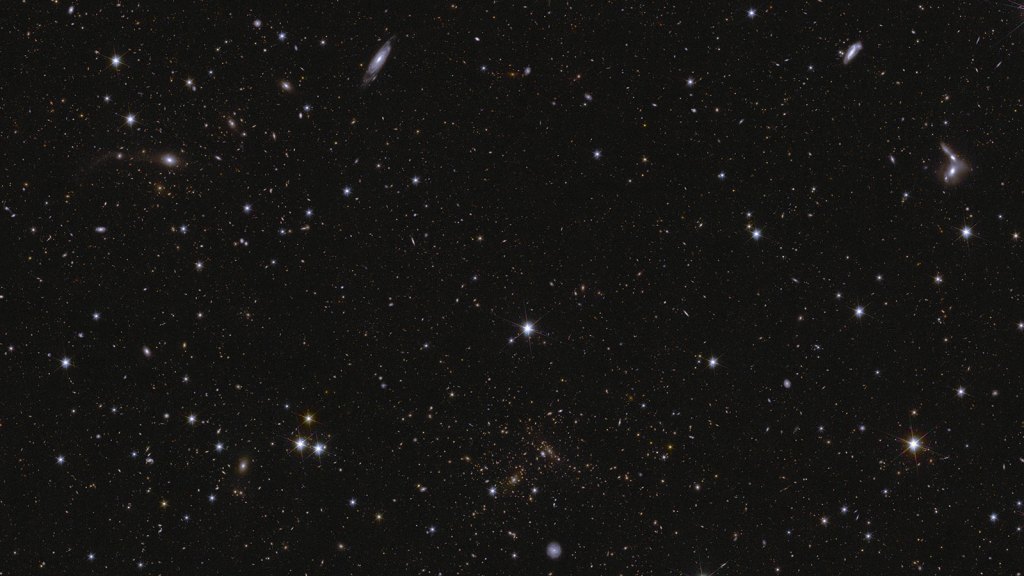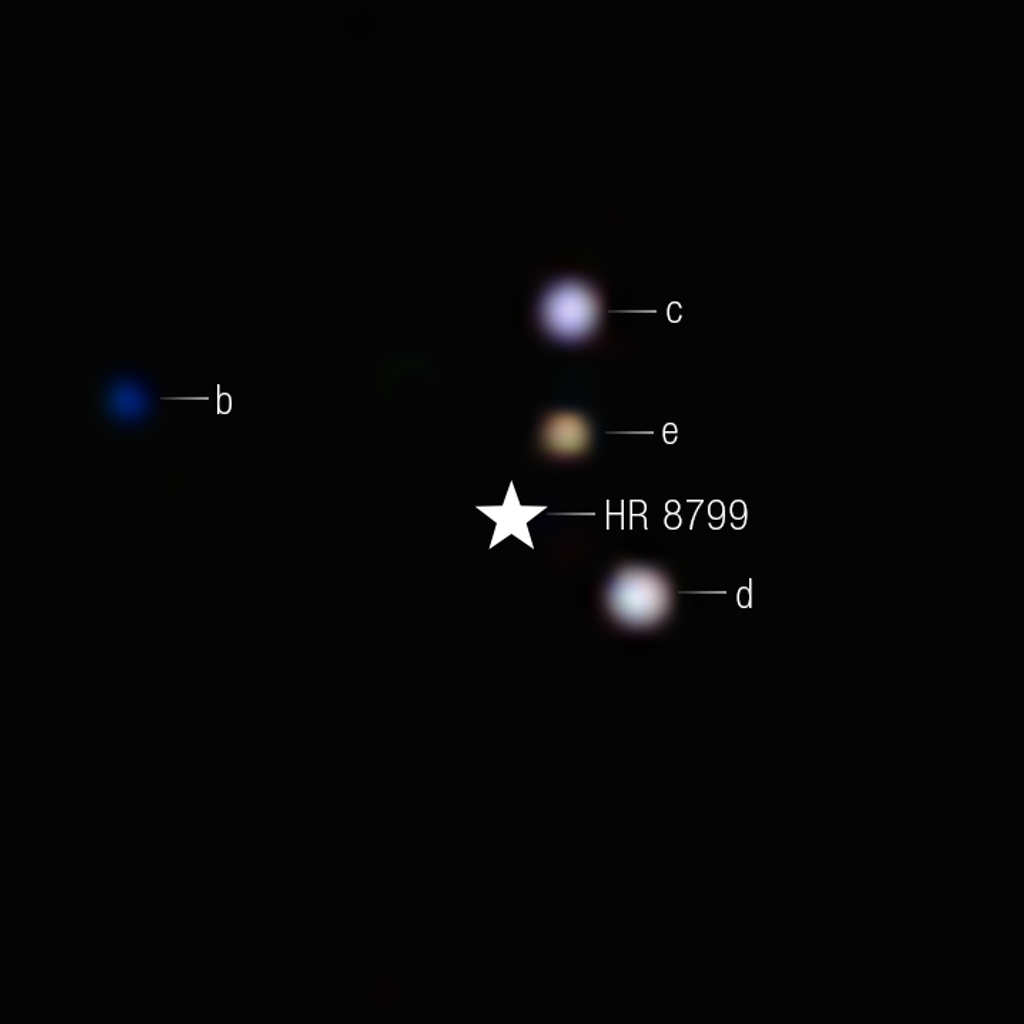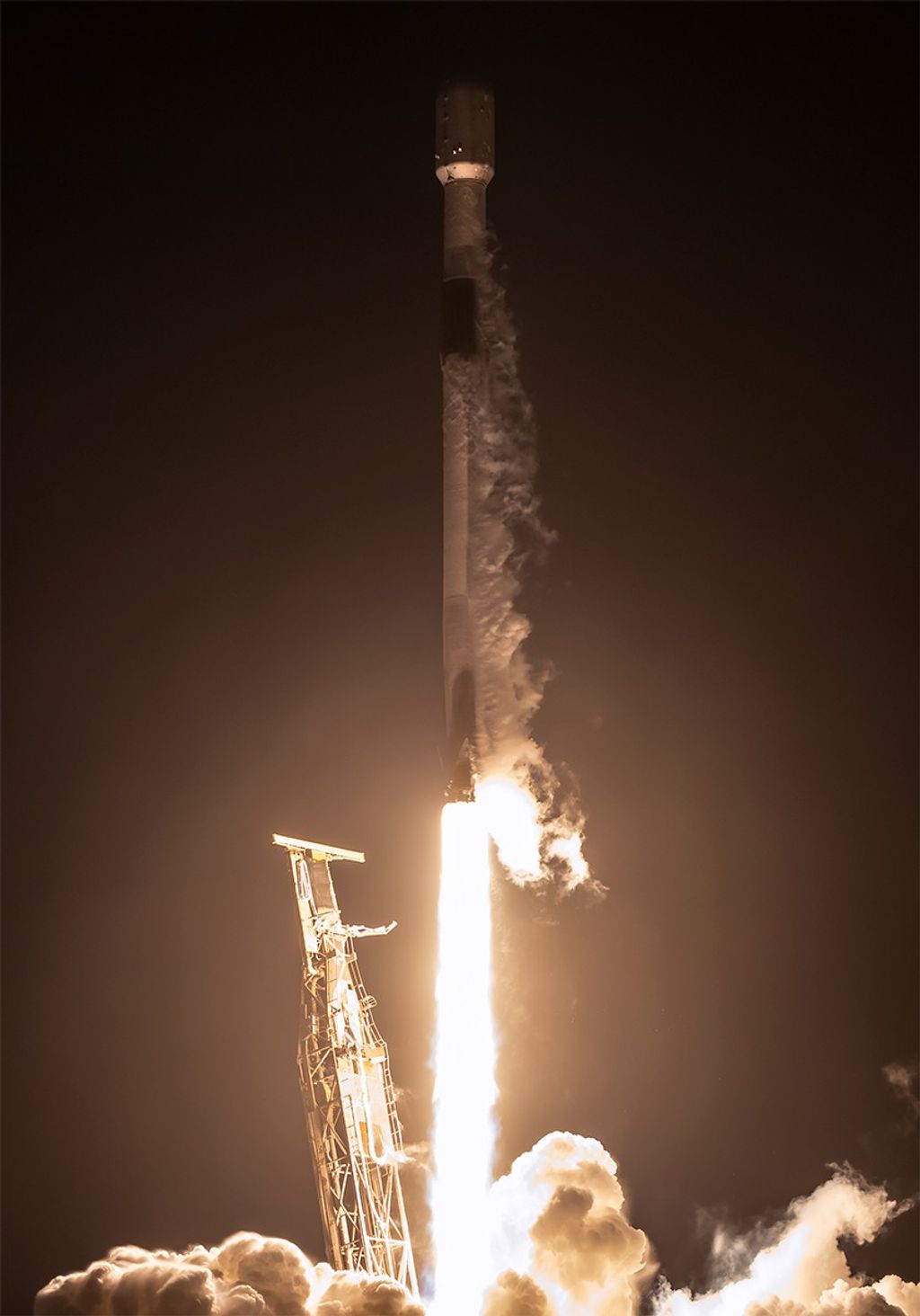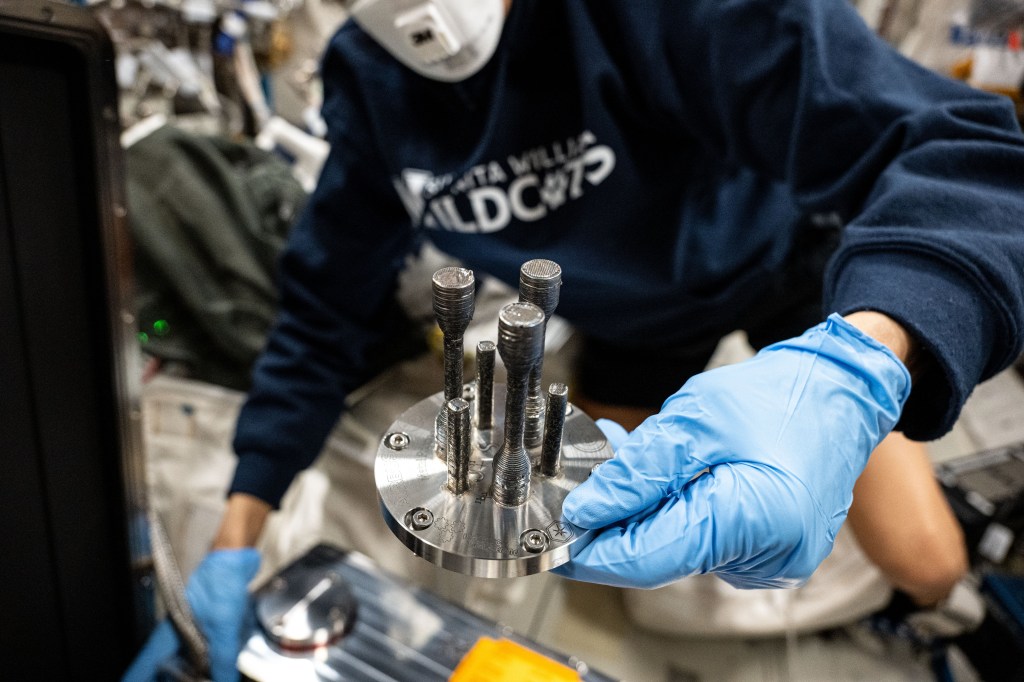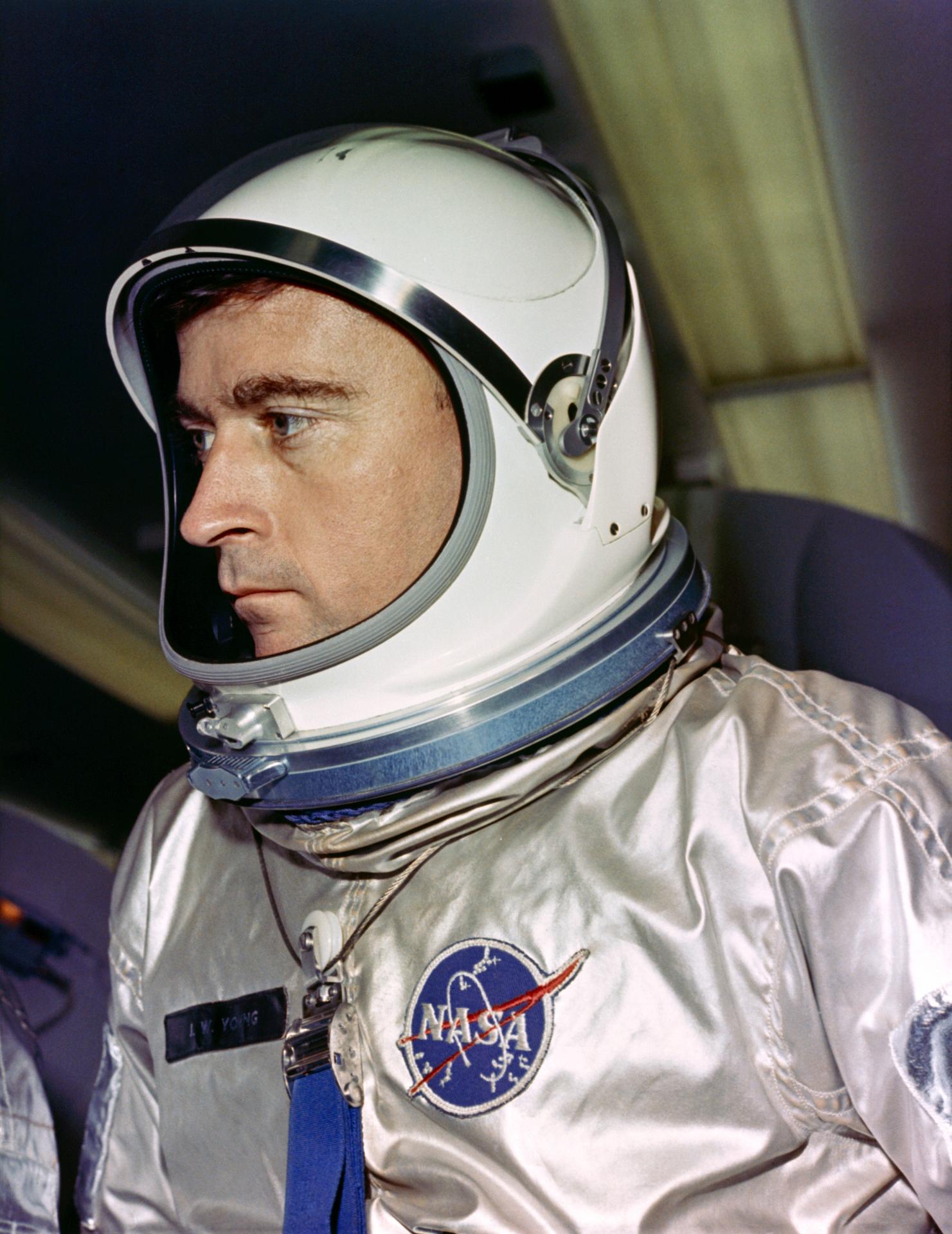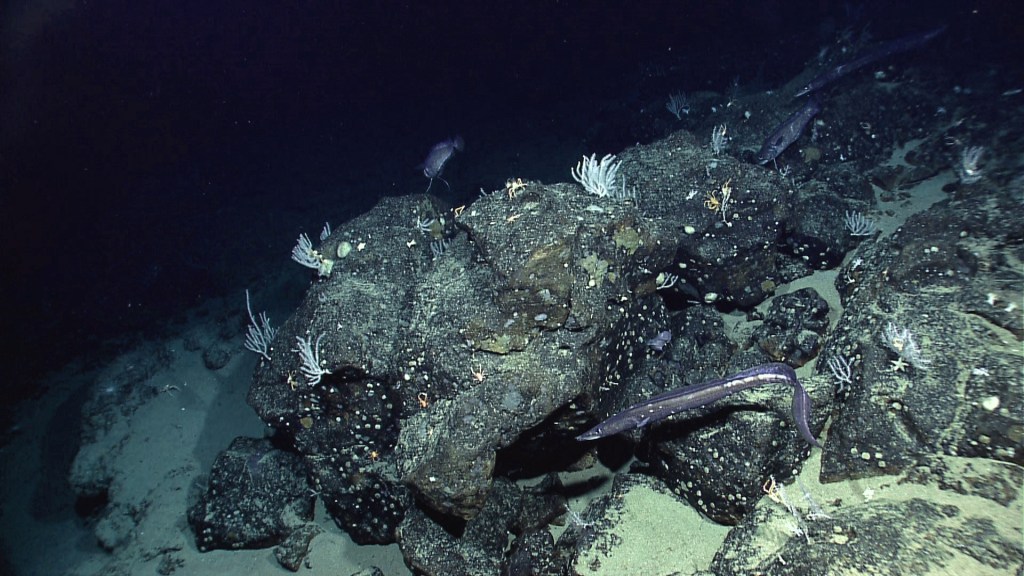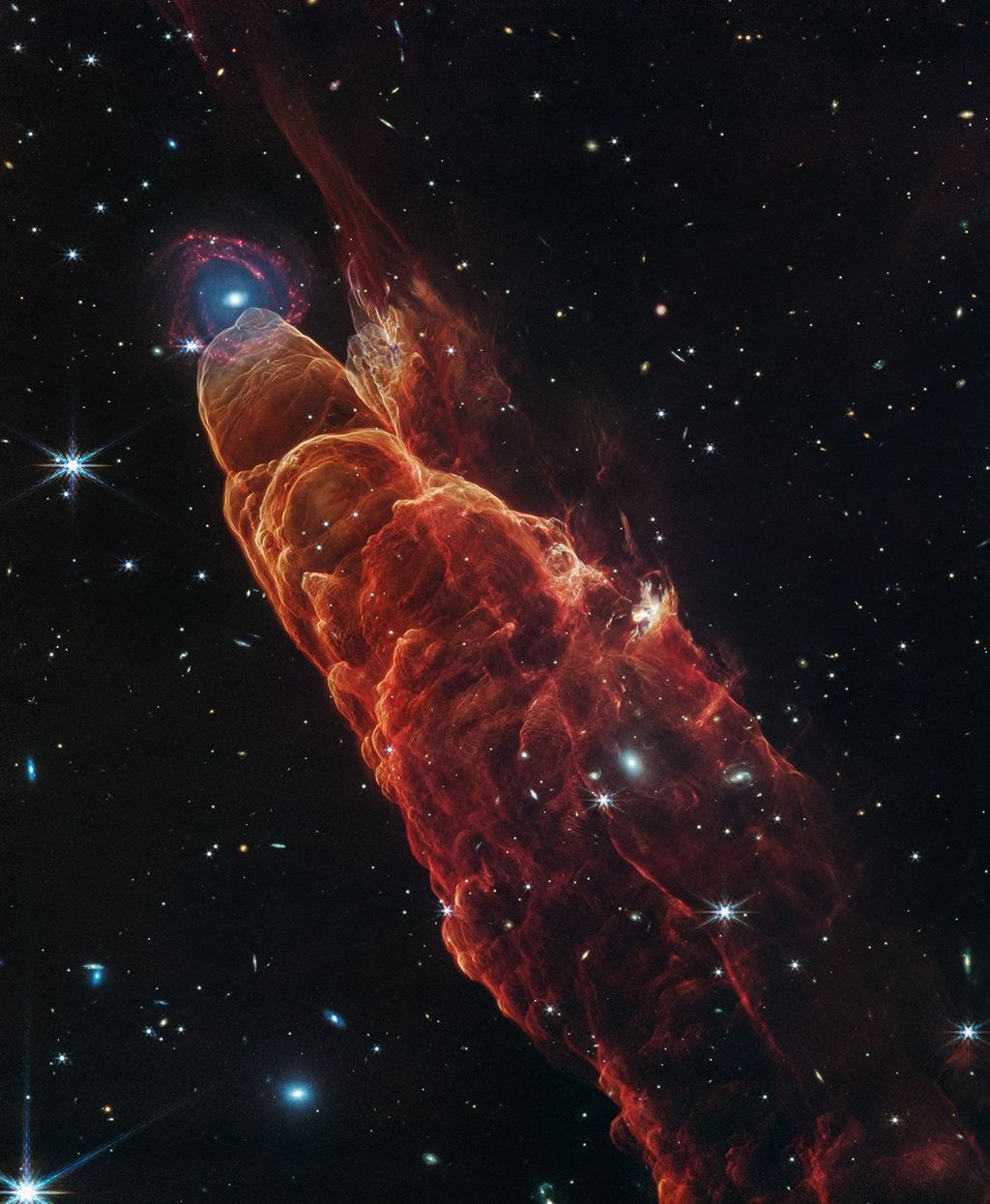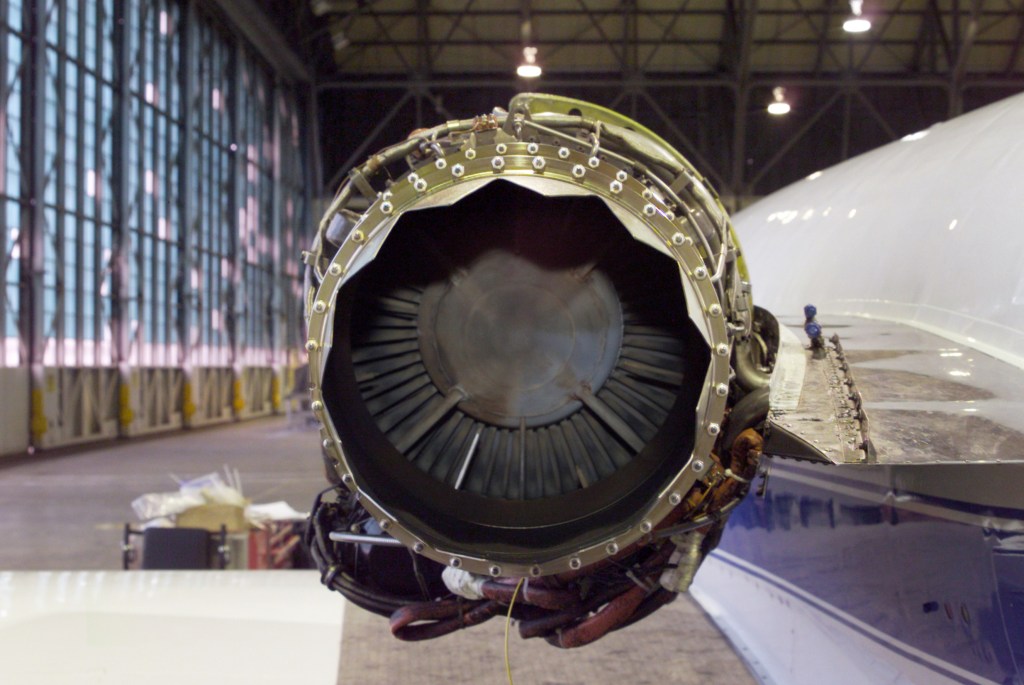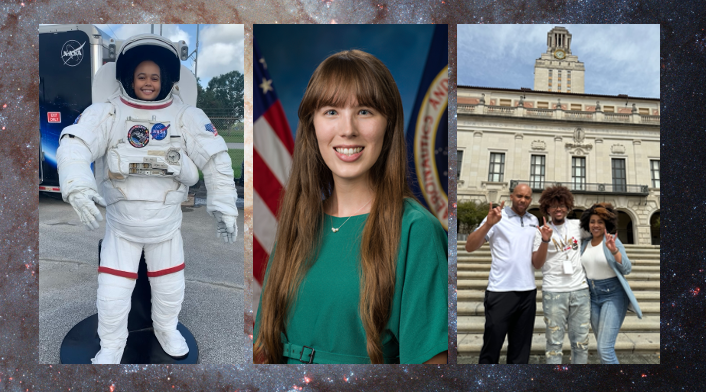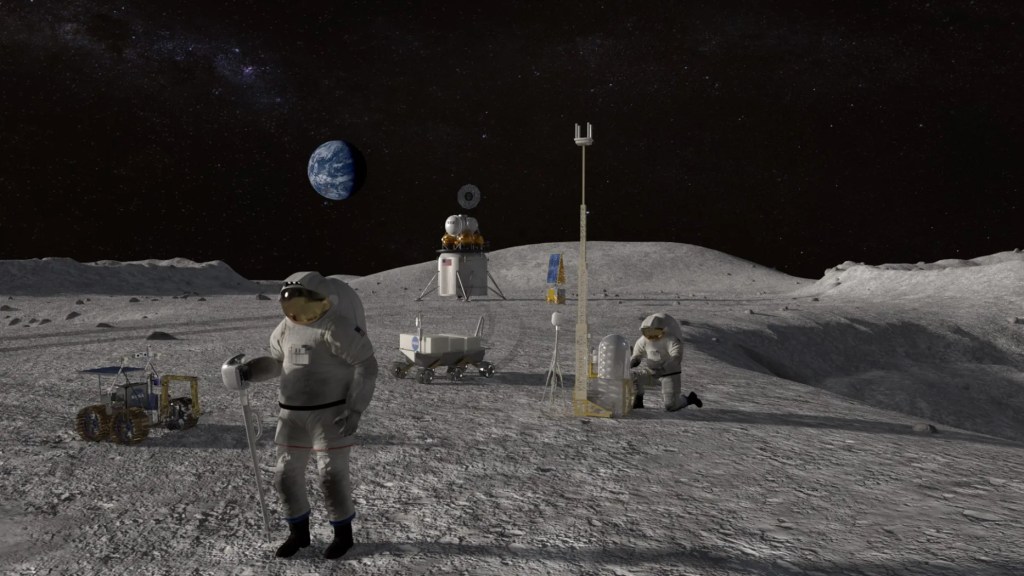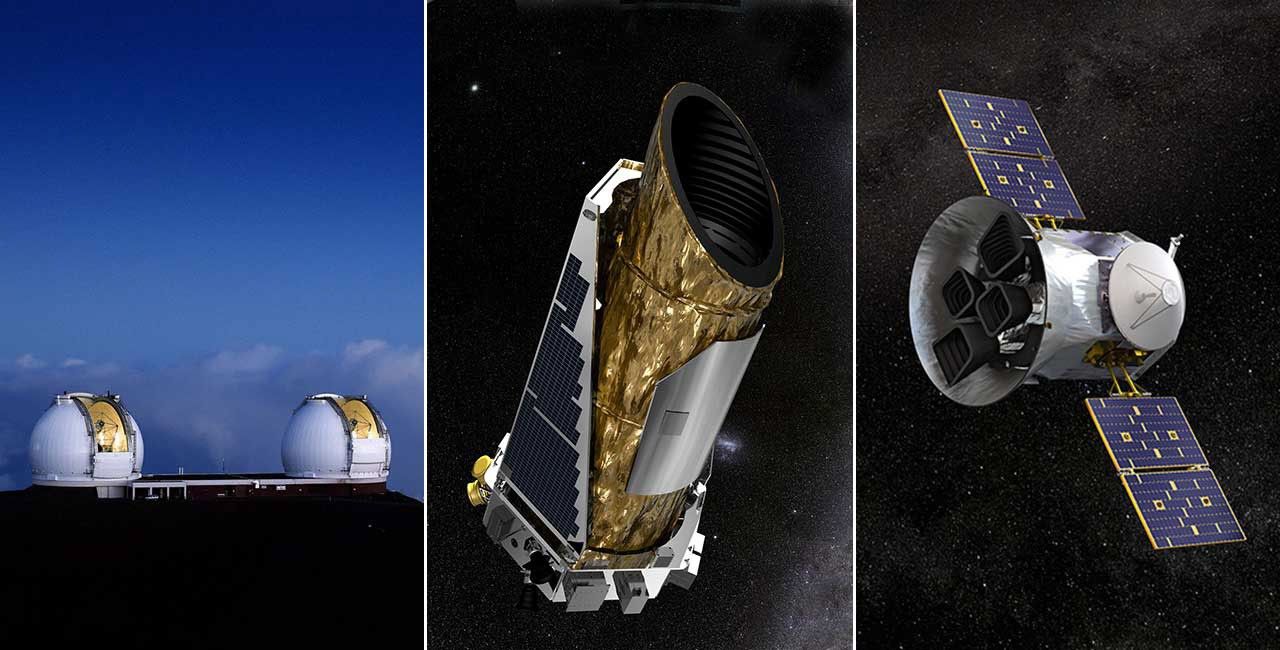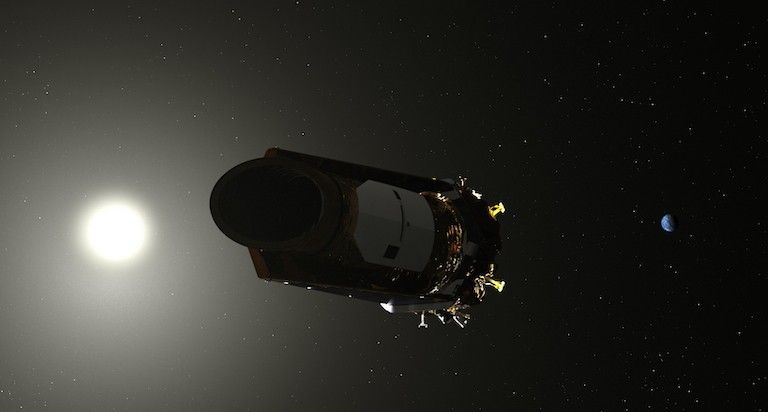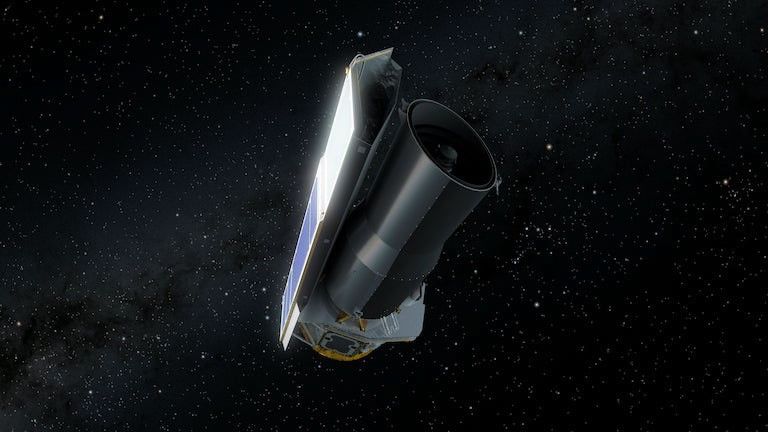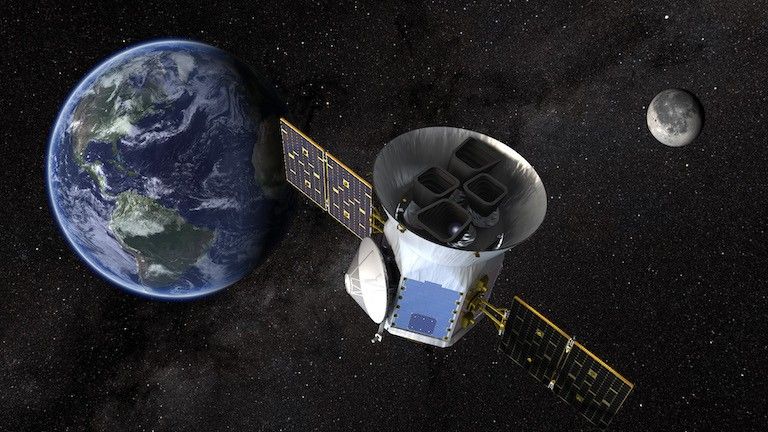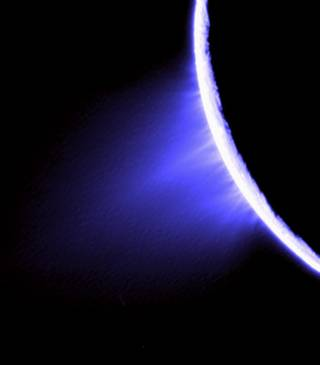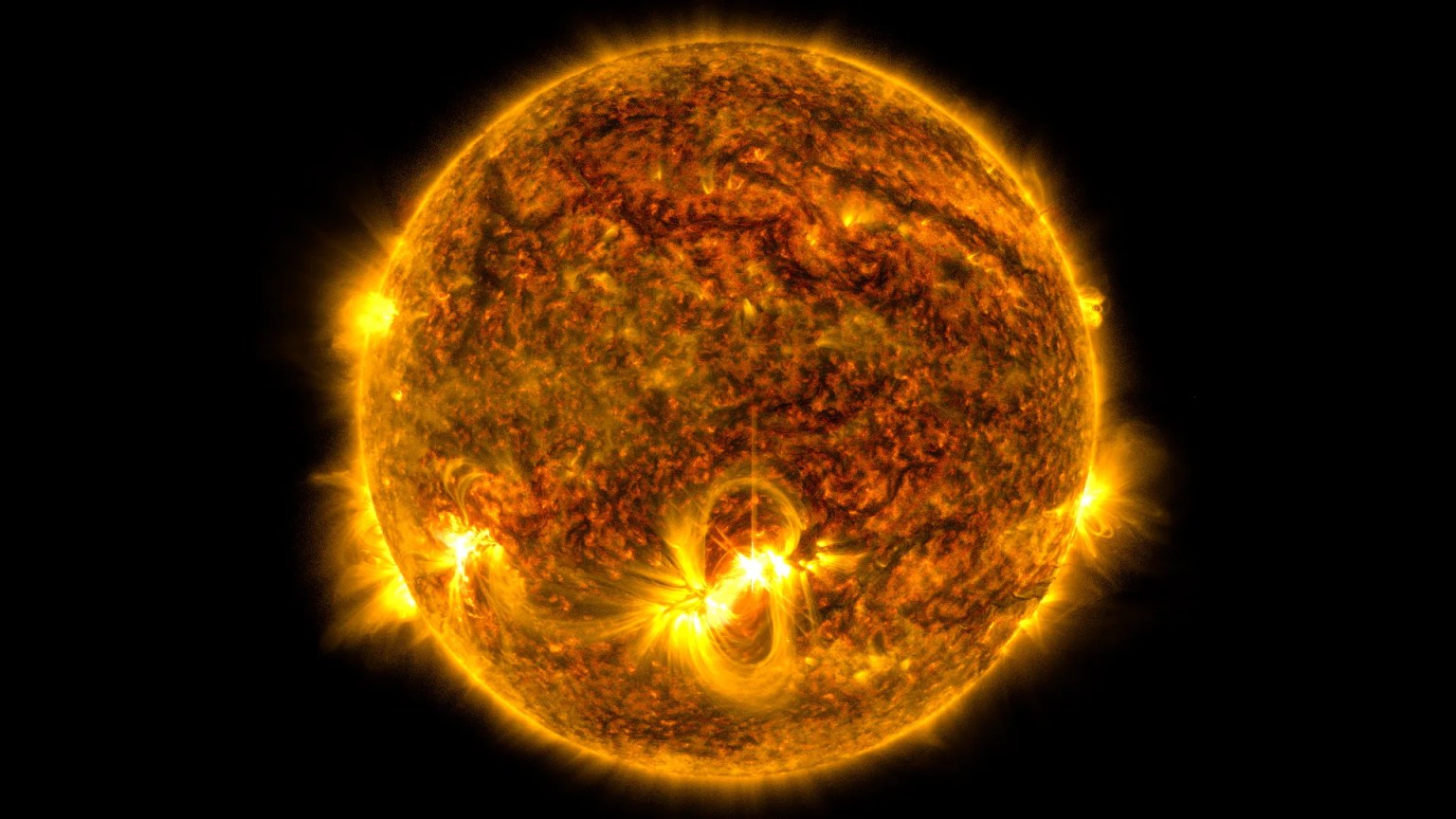Fast facts: How many space telescopes does NASA have?
NASA has several space telescopes studying the universe right now:
- Hubble
- Swift Gamma Ray Burst Explorer
- the Transiting Exoplanet Survey Satellite (TESS)
- Chandra X-ray Observatory
- Fermi Gamma-ray Space Telescope
- NuSTAR (Nuclear Spectroscopic Telescope Array)
- the Neutron star Interior Composition Explorer on the International Space Station
- the Imaging X-ray Polarimetry Explorer (IXPE)
- and the James Webb Space Telescope
The planet hunters
Observing from Earth, and from orbit
The very first planets detected around other stars were wild, extreme worlds. Some orbited a spinning stellar corpse – the core of an exploded star – called a pulsar, and were regularly raked by pulses of radiation. Another, a scorching gas giant with about half the heft of our own planet Jupiter, hugged its star so tightly that a year – one trip around its star – took only four days.
Their extreme nature, however, also made them easier to find with the early planet-hunting technology of the 1980s and ’90s. Ground-based observatories took the reins, providing the historic first burst of exoplanet discovery. The technology got better and the planet count ran into the hundreds. Still, Earth’s thick atmosphere and its rippling interference kept even the best ground-based telescopes from seeing more clearly.
Lifting our telescopes above the veil of Earth's atmosphere revealed a dazzling universe across the light spectrum. It also extended our reach in the search for planets around other stars. Now we count these confirmed distant worlds – exoplanets – in the thousands, many of them about the size of Earth and orbiting in their stars’ "habitable zones." The next generation of space telescopes will open new windows in the search for life as we peer into the atmospheres of these planets, and taste their skies.
Legacy of light: Hubble
NASA's Hubble Space Telescope, which marked its 30th anniversary in orbit in 2020, was a pioneer in the search for planets around other stars; Hubble even has been used to make some of the earliest profiles of exoplanet atmospheres.
Kepler and K2
Another space explorer, NASA's Kepler Space Telescope, made history with its discovery of thousands of exoplanets, searching for tiny dips in starlight as planets crossed the faces of their stars. In its first mission, from 2009 to 2013, Kepler monitored more than 150,000 stars, watching for "transits" — these tiny dips in starlight as planets crossed in front of their stars. The first mission ended in 2013 when technical problems caused the spacecraft to lose much of its pointing ability. In 2014, it began its second mission, dubbed K2, and continued discovering exoplanets despite its diminished directional capability. Decommissioned in 2018, Kepler remains credited with discovering the most exoplanets of any mission so far — more than 2,600. Researchers are still finding planets in Kepler’s data and will continue to for years.
Spitzer
Spitzer probed the heavens in the infrared portion of the spectrum, capturing images of newborn stars nestled inside thick clouds of dust along with millions of other images. The space telescope was retired in 2020, although — like with Kepler — the data it gathered will be mined by scientists for years to come, likely yielding a continuing stream of discovery.
One of NASA's four Great Observatories, a distinction it shares with Hubble, Chandra, and the Compton Gamma Ray Observatory, Spitzer proved a powerful contributor to the hunt for exoplanets and the analysis of their atmospheres. Among its most celebrated work is the detection of seven planets roughly the size of Earth orbiting a star called TRAPPIST-1; Spitzer was able to determine both the masses and densities of these worlds. It ended its 16-year observing run in January 2020.
NASA/JPL-Caltech
Taking the baton: TESS
The Transiting Exoplanet Survey Satellite (TESS) picked up where Kepler and K2 left off, again conducting a grand survey of the sky. But while Kepler in a sense drilled core-samples into the heavens – taking deep, penetrating looks into small patches – TESS's star pictures are painted in broad strokes. TESS is conducting a nearly all-sky survey in sequential segments, first the dome of stars that would be seen from the Southern Hemisphere, then the Northern. Its mission is to find planets around brighter, closer stars, again by searching for shadows: the incredibly tiny subtraction of light from a star when a planet crosses in front of it.
During its four-year prime mission, Kepler was a statistical transit survey designed to determine the frequency of Earth-sized planets around other stars. Kepler revealed thousands of exoplanets orbiting stars in its 115 square degree field-of view, which covered about 0.25 percent of the sky. While Kepler was revolutionary in its finding that Earth-to-Neptune-sized planets are common, the bulk of the stars in the Kepler field lie at distances of hundreds to thousands of light-years, making it difficult to obtain ground-based follow-up observations for many systems.
TESS is designed to survey more than 85% of the sky (an area of sky 400 times larger than covered by Kepler) to search for planets around nearby stars (within about 200 light-years). TESS stars are typically 30-100 times brighter than those surveyed by Kepler. Planets detected around these stars are therefore far easier to characterize with follow-up observations, resulting in refined measurements of planet masses, sizes, densities, and atmospheric properties.
James Webb Space Telescope
We took a bold step forward in 2021 with the launch of the James Webb Space Telescope, the largest and most complex space science observatory ever built.
This giant spacecraft could cover a typical tennis court with its sunshield. It launched from French Guiana on Dec. 25, 2021. Atop the sunshield is the largest primary mirror ever sent into space – some 6.5 meters (21 feet, 4 inches) across. Seeing the universe in infrared light, the Webb telescope is expected to become the premier observatory of the decade, studying billions of years of the universe's history and reaching back nearly to the Big Bang. It can reveal details of the formation of planetary systems like our own, and even sample (via the rainbow spectrum of captured light) the composition of exoplanet atmospheres.
Partnerships – from the ground up
NASA works with partners across the country and around the world to investigate exoplanets – whether studying them from space or from the ground.
Collaborating with ground-based telescope teams is essential. When the TESS space telescope captures evidence of a new exoplanet, observations from the ground not only can confirm its existence but tell us more about the planet itself. Measurements of the planet's "mass," or heft, can be combined with TESS' measurement of its diameter, yielding its density. That, in turn, can tell us whether it's a gas planet, like Neptune, or a more dense, rocky world like ours.
Ground-based telescopes that have helped confirm and characterize exoplanets, or will soon, include the Magellan II at Las Campanas Observatory in Chile, the NEID instrument on the WIYN telescope at Kitt Peak, Arizona, the Keck Observatory on Mauna Kea, Hawaii, and the Hale Telescope at the Palomar Observatory in Southern California to name just a few among dozens. They will work with space-based telescopes — TESS and, soon, the James Webb Space Telescope — to provide details of exoplanet atmospheres, composition and other vital statistics.
Missions to come
Powerful next-generation instruments will bring us closer to what would be a long-anticipated, profound discovery: a small, rocky, habitable world somewhere in the galaxy with an atmosphere that reminds us of our own.
A space-based platform: the Roman telescope
A telescope powerhouse now under development could open new windows of knowledge when it launches, as soon as the mid-2020s. And the Nancy Grace Roman Space Telescope — formerly known as WFIRST — will have a wide window indeed, about 100 times the field of view of the Hubble Space Telescope.
The Roman telescope, named for a NASA pioneer, will probe the depths of dark matter and dark energy — mysterious, mostly unknown phenomena that make up most of the universe — as well as making direct images and other observations of exoplanets as part of a technology demonstration. At the heart of its mission: the star-dense interior of the Milky Way galaxy, where the telescope could find thousands of exoplanets through gravitational microlensing.
Next: Get to know some of NASA's exoplanet explorers, from storytellers to scientists

